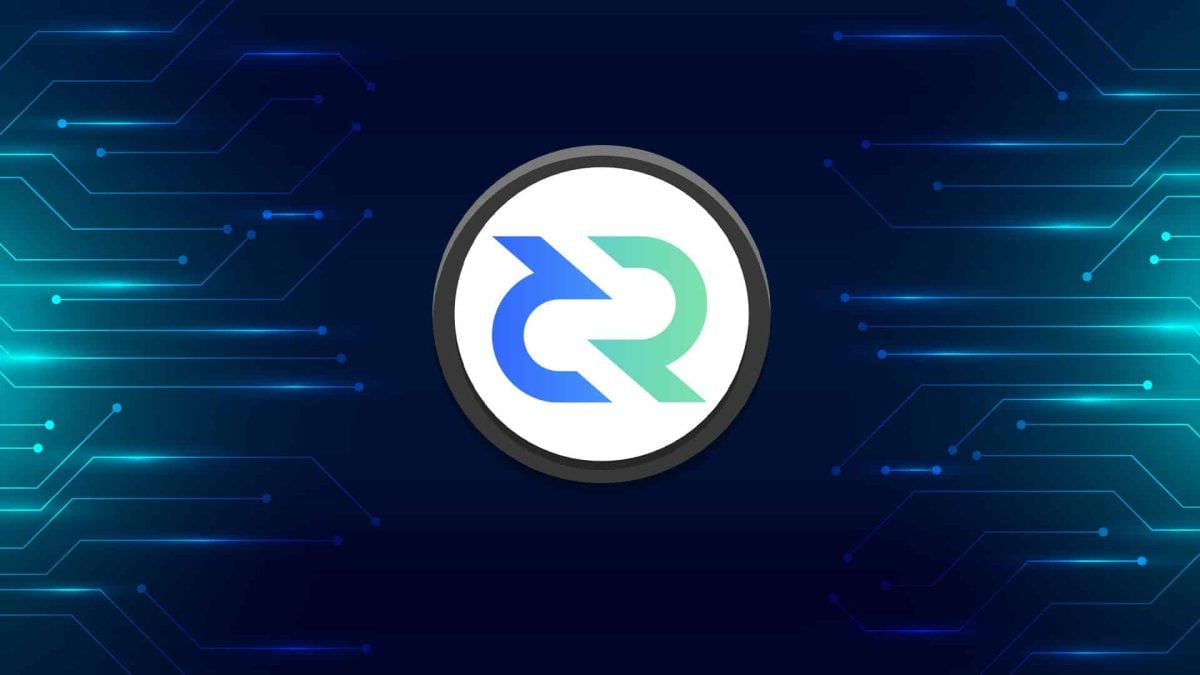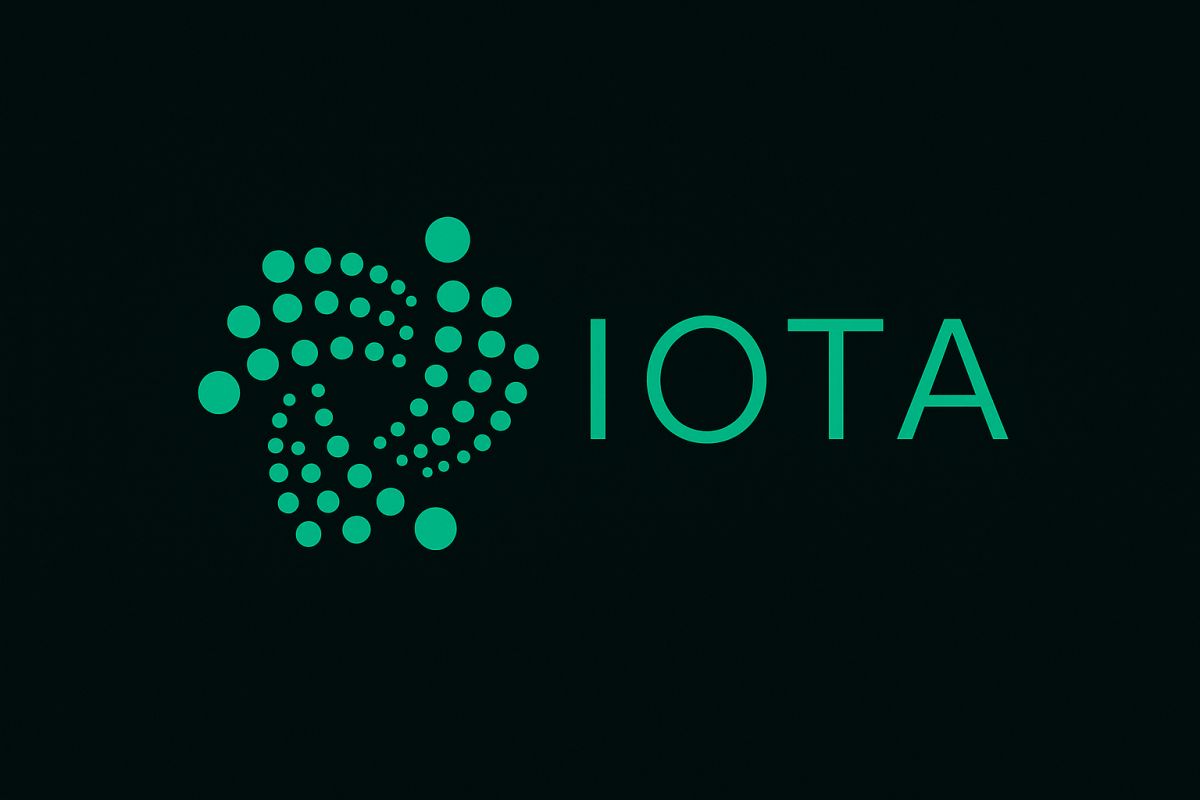Blockchain Bridges: Linking Blockchains—But How Secure Are They?
- Blockchain bridges enable cross-chain asset transfers, critical for Komodo's interoperability and DeFi ecosystems. - Security risks persist: Balancer's $117M 2025 exploit exposed smart contract vulnerabilities in DeFi protocols. - Komodo prioritizes security through Bitcoin-based consensus and modular design to reduce centralized bridge reliance. - Users must verify transfers, monitor fees, and avoid unverified protocols during active exploits to mitigate risks.
Understanding Blockchain Bridges: An Introductory Overview for
A blockchain bridge refers to a system or protocol that allows digital assets and information to move between separate blockchain platforms. For those using networks like Komodo, which focus on cross-chain compatibility and decentralized finance (DeFi), bridges are essential for linking different blockchains, enabling transactions across chains, and increasing the practical use of tokens. Nevertheless, recent notable security incidents in DeFi stress the necessity of being aware of both the benefits and potential dangers these solutions present.

Bridges between blockchains typically function by locking assets on one network and generating corresponding tokens on another, often utilizing smart contracts to automate and secure the process without the need for a central authority. This setup lets users take advantage of the unique features of various blockchains—like Ethereum’s programmable contracts and Bitcoin’s robust security—while avoiding centralized control. For example, Komodo’s technology for connecting blockchains supports effortless transfers between its own network and others, enabling features such as decentralized trading and cross-chain liquidity pools, as highlighted in a
Even with their advantages, blockchain bridges are frequent targets for cyberattacks. In November 2025, the DeFi platform built on Ethereum called
Protecting blockchain bridges is of utmost importance. The Balancer hack was one of several DeFi attacks in 2025, including a $70 million loss in August involving staked Ether, as covered by
Komodo’s strategy for cross-chain compatibility centers on security through a modular approach. Developers can build custom blockchains that still connect to Bitcoin’s proof-of-work system, which lessens dependence on centralized bridges. This approach fits with the industry’s move toward “sovereign AI” and decentralized systems, where users retain control over their assets and data, as stated in a
For newcomers, using blockchain bridges demands careful attention. It’s important to confirm the authenticity of cross-chain transfers, keep an eye on transaction costs, and steer clear of unverified protocols during ongoing attacks. The Balancer cases show how quickly security issues can escalate, putting even experienced investors at risk, as noted in the earlier Yahoo Finance article.
As blockchain technology advances, bridges will play a vital role in the DeFi ecosystem. However, their effectiveness depends on finding the right balance between innovation and security—a challenge that platforms like Komodo and Balancer are actively addressing.
Disclaimer: The content of this article solely reflects the author's opinion and does not represent the platform in any capacity. This article is not intended to serve as a reference for making investment decisions.
You may also like
Decred Skyrockets as EU Tightens Rules on Anonymous Transactions

Chainlink Partners with Chainalysis to Bridge Cross-Chain Innovation and Regulatory Compliance

IOTA Positioned at the Core of Global DLT Policy as INATBA Explores Tokenization’s Future

Dia's Bet: Streamlining Arc's Intricacies to Take the Lead in the AI Browser Competition
- The Browser Company integrates Arc's top features into AI-powered Dia after a $610M Atlassian acquisition. - Dia combines Arc's user-friendly design with AI capabilities like memory management and automation to challenge Chrome and AI-native browsers. - Early adopters praise Dia's improved simplicity, but the browser must balance innovation with usability to avoid Arc's complexity pitfalls. - Atlassian integration and 2026 mobile updates aim to strengthen Dia's position in the evolving AI browser market.
